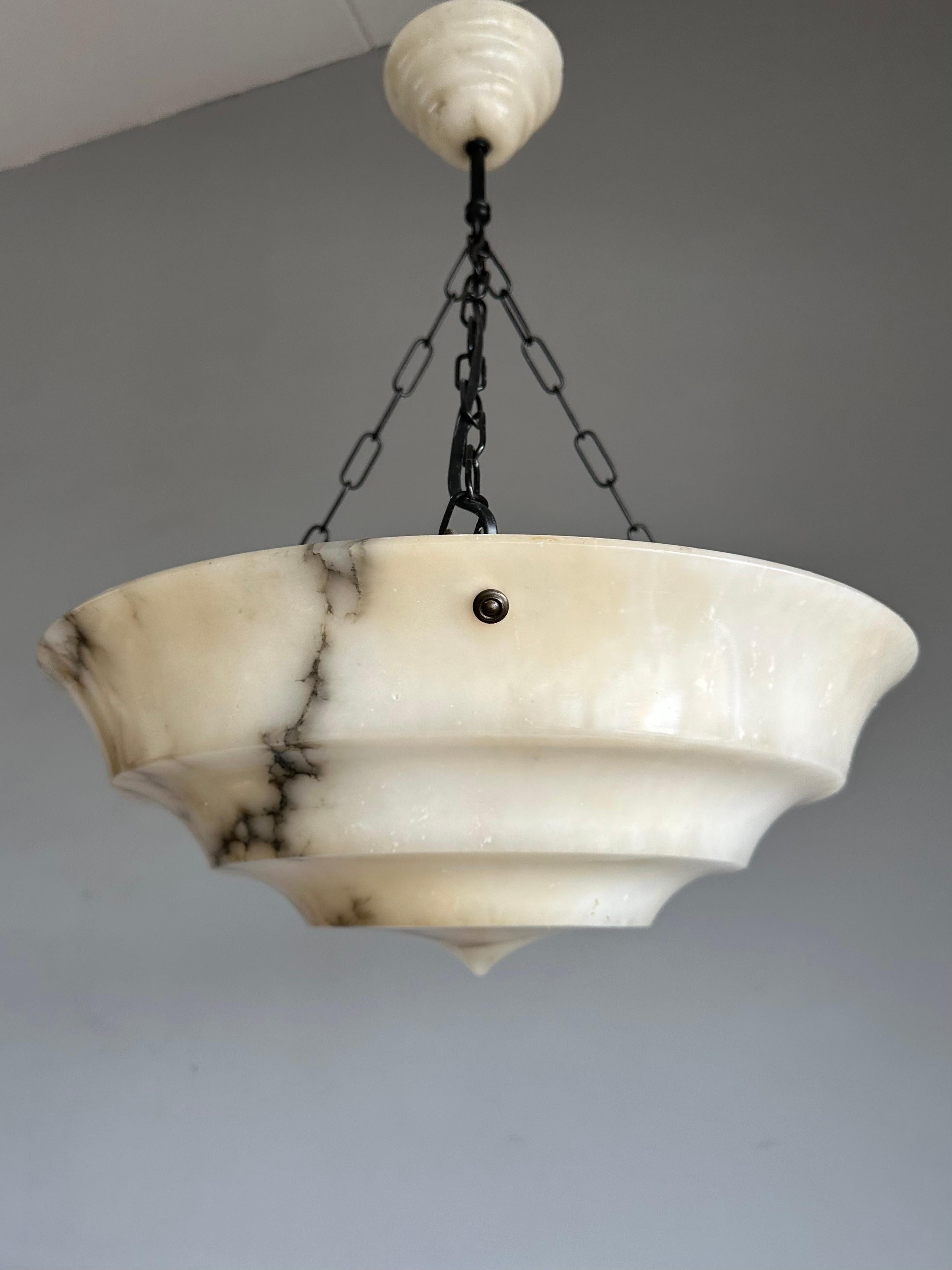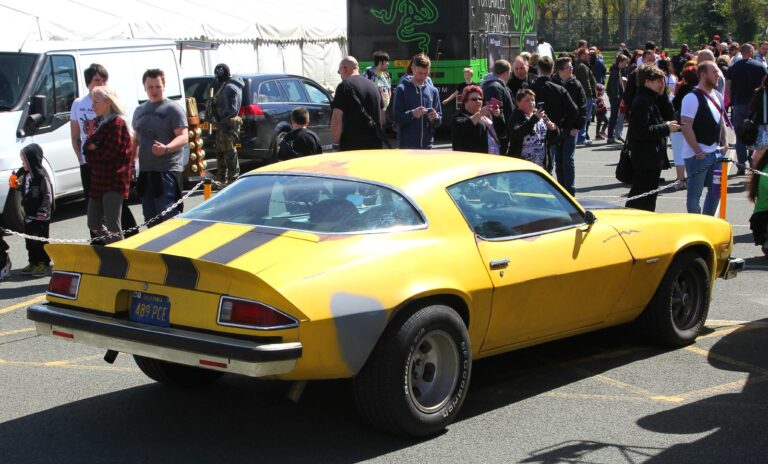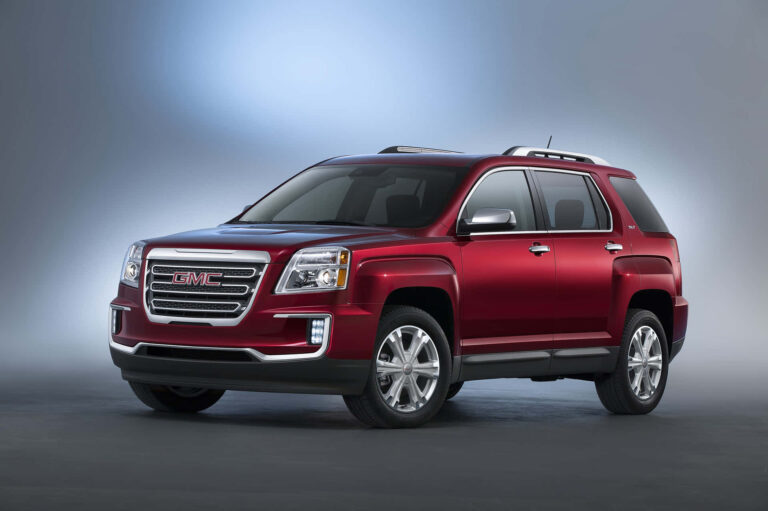How To Match Canopy Size And Truck Bed: A Comprehensive Guide
How To Match Canopy Size And Truck Bed: A Comprehensive Guide cars.truckstrend.com
For truck owners, a canopy (also known as a truck cap or topper) is an invaluable accessory, transforming an open bed into a secure, weather-protected, and versatile storage space. Whether you’re hauling tools, camping gear, groceries, or sports equipment, a well-matched canopy significantly enhances your truck’s utility. However, the success of this transformation hinges entirely on one critical factor: correctly matching the canopy size to your truck bed. A perfect fit ensures not only optimal functionality and security but also maintains your truck’s aesthetic appeal and prevents potential issues down the road.
This comprehensive guide will walk you through everything you need to know about precisely matching a canopy to your truck bed, from understanding key measurements to navigating different canopy types and common pitfalls. Getting this right is an investment that pays dividends in convenience, protection, and peace of mind.
How To Match Canopy Size And Truck Bed: A Comprehensive Guide
Why Proper Sizing Matters: More Than Just Aesthetics
The importance of accurately matching your truck canopy to your bed cannot be overstated. It goes far beyond simply looking good; it impacts functionality, safety, and the longevity of both your truck and the canopy itself.
- Optimal Functionality and Security: A properly sized canopy forms a tight, weather-resistant seal with your truck bed rails, protecting your cargo from rain, snow, dust, and theft. An ill-fitting canopy will allow leaks, drafts, and could even compromise the security of your stored items.
- Enhanced Aesthetics: A canopy designed for your specific truck model and bed length will flow seamlessly with the truck’s lines, looking like an integrated part of the vehicle rather than an afterthought. Mismatched canopies can look awkward and diminish your truck’s overall appearance.
- Safety on the Road: A canopy that’s too long or too wide could obstruct your rear view, interfere with tail lights, or even hang precariously over the tailgate. A secure, well-fitted canopy prevents shifting during transit, which could be a hazard.
- Durability and Longevity: When a canopy fits correctly, stress is evenly distributed across the bed rails and mounting points. An improper fit can lead to excessive vibrations, premature wear on seals, cracked fiberglass, or damaged bed rails, significantly shortening the lifespan of both components.
- Resale Value: A high-quality, perfectly matched canopy can add significant value to your truck’s resale price, whereas a poorly fitted or damaged one can detract from it.

Understanding Your Truck Bed Dimensions: The Foundation of a Perfect Fit
Before you even begin looking at canopies, you need to become intimately familiar with your truck bed’s exact dimensions. Truck beds vary significantly not only by make and model but also by year and even trim level. Relying on generic "short bed" or "long bed" descriptions isn’t enough; you need precise measurements.
Key Measurements You’ll Need:
- Bed Length: This is the most crucial measurement. Measure from the inside of the bulkhead (the wall at the front of the bed, closest to the cab) to the inside of the tailgate (when closed) at the top of the bed rails.
- Common Nominal Lengths: While actual measurements vary, common nominal lengths are approximately 5.5 feet (short bed), 6.5 feet (standard bed), and 8 feet (long bed).
- Bed Width: Measure the width of your bed across the top of the bed rails. It’s usually consistent from front to back, but measure at a couple of points to be sure. Also, note if your truck has any unique features like RamBox storage or a similar integrated system, as these can affect the internal width.
- Cab Height (for Cab-Height Canopies): If you desire a canopy that’s flush with your truck’s cab roofline, you’ll need to measure the height from the top of your truck bed rails to the highest point of your cab (usually the highest point of the roof or antenna, whichever is relevant for the canopy’s design).


How to Measure Accurately:
- Use a Steel Tape Measure: Cloth tape measures can stretch, leading to inaccuracies.
- Measure from Fixed Points: For length, measure from the inside face of the bulkhead to the inside face of the closed tailgate. For width, measure between the inside edges of the bed rails.
- Take Multiple Measurements: Measure each dimension at least twice to ensure consistency.
- Note Down Everything: Write down your truck’s full Year, Make, Model, Trim, and all precise measurements. This information is invaluable when speaking with canopy dealers.
Understanding Canopy Dimensions and Types: Matching the Cap to the Truck
Just as truck beds vary, so do canopies. Canopy manufacturers design their products to fit specific truck models and bed lengths. They will have their own internal measurements that correspond to particular truck beds.
Canopy Measurement Basics:
- Canopies are generally measured by their base dimensions (length and width) which must match the top perimeter of your truck bed rails.
- The height of the canopy will be specified separately and determines the internal cargo volume and external profile.
Common Canopy Styles and Their Sizing Implications:
- Cab-Height Canopies: These are the most popular style, designed to be flush with your truck’s cab roofline. They offer a streamlined, integrated look. Achieving this look requires precise cab height measurement to ensure the canopy isn’t too tall or too short for a seamless transition.
- Mid-Rise Canopies: Slightly taller than the cab, these canopies offer increased cargo volume without significantly altering the truck’s profile. They’re a good compromise for those needing a bit more space.
- High-Rise Canopies: These canopies are significantly taller than the truck cab, maximizing cargo space. Ideal for those who frequently haul large, bulky items or use their truck for camping and need standing room. While the base still matches the bed, the increased height is a key dimension.
- Commercial/Work Canopies: Often made of aluminum and designed for durability and specific utility (e.g., with toolboxes, ladder racks). Their dimensions are still truck-specific, but their internal layout and external features are geared towards work applications.
The Step-by-Step Matching Process: Your How-To Guide
Follow these steps to ensure you get the perfect canopy for your truck:
Step 1: Identify Your Truck’s Full Specifications.
- Write down the exact Year, Make, Model, and Trim (e.g., 2022 Ford F-150 Lariat SuperCrew, 5.5 ft bed). This is your starting point for any canopy search.
Step 2: Measure Your Truck Bed Accurately.
- As detailed above, measure the internal bed length (bulkhead to closed tailgate) and the width across the top of the bed rails.
- If you want a cab-height canopy, measure the height from the bed rail to the highest point of your cab.
- Double-check all measurements.
Step 3: Research Canopy Options Specific to Your Truck.
- Most major canopy manufacturers (e.g., ARE, Leer, Snugtop, Raider, Century) have online configurators or fitment guides.
- Input your truck’s Year, Make, and Model. The system will typically show you the canopies designed for your specific bed length.
- Note down the model numbers and styles that appeal to you.
Step 4: Verify Canopy Dimensions (If Possible) and Features.
- When you contact a dealer or browse online, they will confirm which canopy models fit your truck based on its specifications.
- While you won’t always measure a canopy directly before purchase, reputable dealers will guarantee the fit based on your truck’s details.
- Consider features like window types, interior lighting, roof racks, and locking mechanisms.
Step 5: Account for Bed Liners and Other Accessories.
- Over-the-rail bed liners can reduce the effective width of your truck bed rails and interfere with the canopy’s clamping system and seal. If you have one, either remove it, trim it, or choose a canopy designed to accommodate it. Under-the-rail liners typically don’t cause issues.
- Cargo management systems (like Ford’s BoxLink or Ram’s RamBox) might require specific canopy designs or adapters to ensure proper fit and functionality.
Step 6: Consider Professional Installation.
- While some canopies can be DIY installed, professional installation ensures a proper, watertight seal, correct clamping, and safe wiring for interior lights or third brake lights. This also often preserves the canopy’s warranty.
Important Considerations and Practical Advice
- Truck Bed Variations: Be aware that even within the same make and model, subtle bed variations can occur across different production years or between specific trim levels. Always provide your exact vehicle details.
- Tailgate Clearance: Ensure the canopy’s rear door or window will clear your tailgate when opened. Most manufacturers design for this, but it’s worth a quick check, especially with custom builds.
- Weight Capacity: Consider the weight capacity of both the canopy roof (if you plan to add a roof rack or rooftop tent) and your truck’s bed.
- Aesthetics vs. Functionality: While a cab-height canopy offers a sleek look, a mid-rise or high-rise might be more practical if you frequently carry tall items. Balance your aesthetic preferences with your actual usage needs.
- New vs. Used Canopies: Buying a used canopy can save money, but the challenge of finding an exact fit is significantly higher. Unless you know the specific truck the used canopy came from (exact year, make, model, bed length), it’s a gamble. Small discrepancies can lead to major sealing issues.
- DIY vs. Professional Installation: Professional installers have the right tools, experience, and sealing materials to ensure a leak-proof and secure fit. They can also handle wiring for power and lighting.
Estimated Truck Canopy Pricing Guide
The cost of a truck canopy varies widely based on material, features, brand, and customization. This table provides a general estimate; always get specific quotes from dealers.
| Canopy Type | Material | Key Features | Estimated Price Range (USD) |
|---|---|---|---|
| Basic/Commercial | Aluminum | Lightweight, durable, utilitarian, often no windows | $1,000 – $2,500 |
| Standard Cab-Height | Fiberglass | Color-matched paint, side windows, rear door, interior light | $2,000 – $4,000 |
| Mid-Rise/High-Rise | Fiberglass | Increased interior volume, often with roof rack options | $2,500 – $4,500+ |
| Premium/Custom | Fiberglass, Composite | Advanced features (power locks, remote entry, special windows), heavy-duty construction, custom paint | $4,000 – $7,000+ |
| Specialty/Adventure | Aluminum, Composite | Designed for off-road/overlanding, modular, integrated racks, robust build | $3,500 – $8,000+ |
Note: Prices do not include installation, which typically adds $150-$300.
Frequently Asked Questions (FAQ)
Q1: Can I use a canopy from a different truck model or brand on my truck?
A1: It is highly discouraged unless the dimensions (length, width, and cab height if applicable) are identical, which is extremely rare. Even small discrepancies will lead to poor seals, leaks, and potential damage. Canopies are typically molded for specific truck beds.
Q2: Do bed liners affect canopy fit?
A2: Yes, especially "over-the-rail" bed liners. These liners extend over the top edge of your truck bed rails, reducing the effective width and interfering with the canopy’s seal and clamping system. You may need to remove, trim, or replace an over-the-rail liner with an "under-the-rail" version for a proper fit.
Q3: How do I know if my truck has a short, standard, or long bed?
A3: While these terms are common, they are nominal. The best way is to measure your bed length precisely from the bulkhead to the closed tailgate. Generally, short beds are around 5.5 feet, standard beds around 6.5 feet, and long beds are 8 feet. Your truck’s manual or manufacturer’s specifications will also list the exact bed length.
Q4: What if my measurements are slightly off by an inch or two?
A4: Even an inch can make a significant difference in fit, seal, and aesthetics. Canopies are designed with precise tolerances. Do not attempt to force a canopy that is not an exact fit, as this will lead to problems like leaks, stress cracks, and difficulty in clamping securely.
Q5: Is professional installation necessary?
A5: While some canopies can be self-installed, professional installation is highly recommended. Installers ensure a proper, watertight seal, secure clamping, and correct wiring for lights and locks. This also typically maintains the canopy’s warranty.
Q6: How much does a truck canopy typically cost?
A6: As per the "Estimated Truck Canopy Pricing Guide" above, prices range from approximately $1,000 for basic aluminum models to over $7,000 for premium fiberglass or specialty composite models with advanced features. Installation costs are usually additional.
Conclusion
Matching a truck canopy to your truck bed is a precise science that requires accurate measurements and careful consideration. It’s not a one-size-fits-all endeavor, and attempting to force an ill-fitting canopy will only lead to frustration, leaks, and potential damage. By understanding your truck bed’s exact dimensions, researching canopies designed for your specific vehicle, and considering professional installation, you can ensure a perfect fit that maximizes your truck’s utility, enhances its appearance, and protects your investment for years to come. Take the time to get it right; the benefits of a perfectly matched canopy are well worth the effort.






